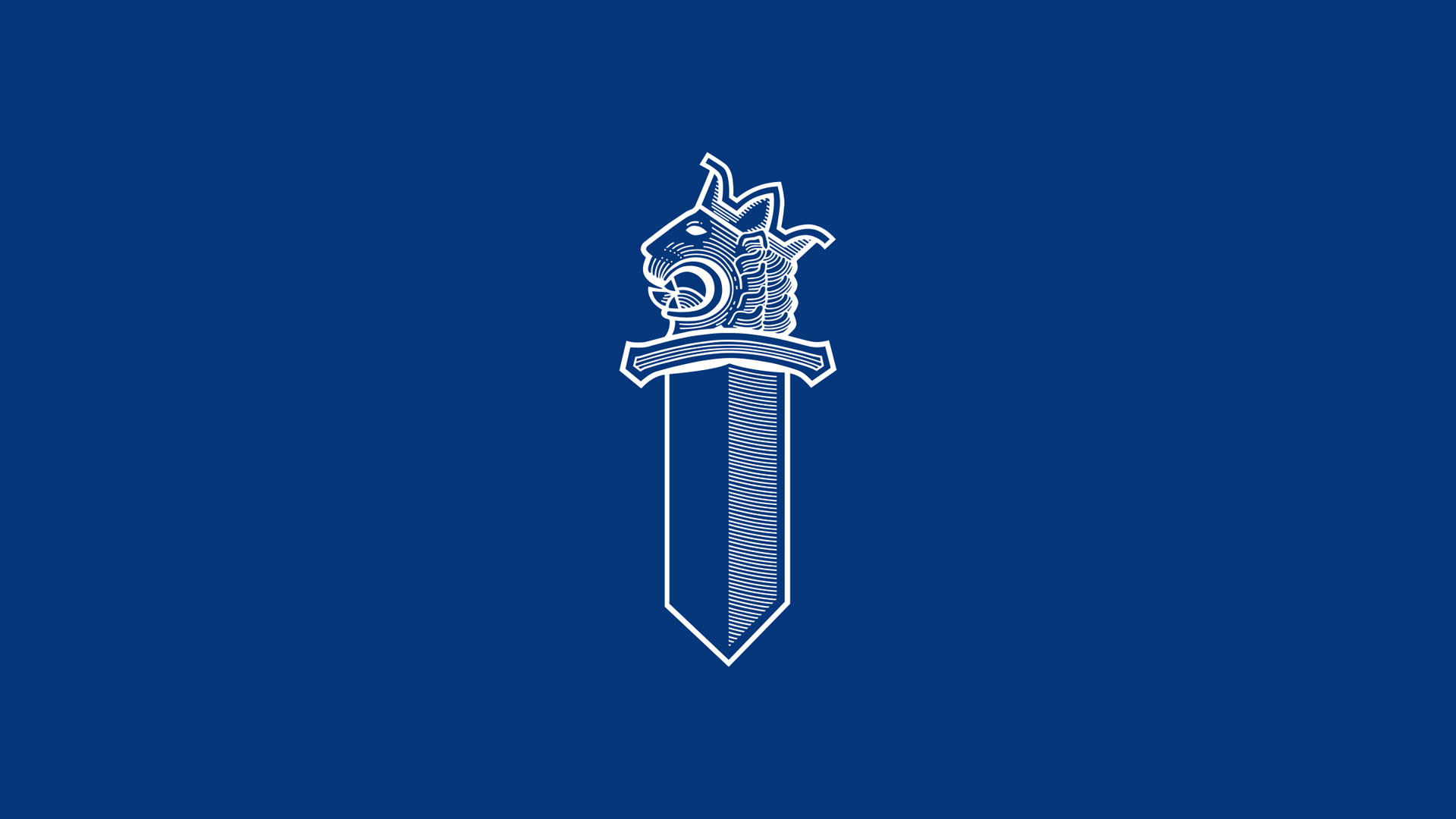Collection of best practices in new handbook on investigation of crimes against children
The Barnahus project jointly run by the Police and Finnish institute for health and welfare (THL) has published a handbook which is a collective guide for the investigation of violent and sexual crimes against children. The handbook collects information for the Police regarding various pretrial investigation measures.
The first idea of the handbook supporting investigation in crimes against children emerged when the Police experts, Superintendent Miia Lehtinen and Sergeant Maria Rossi toured various Police departments in the autumn of 2020.
– When discussing with detectives and head investigators, we identified ten issues to develop in order to improve the investigation in violent and crimes against children. Among other things, we detected needs to concentrate these investigations, to enhance the cooperation with other authorities and to develop work-related counselling, Superintendent Lehtinen, one of the two editors of the handbook comments on the work.
Focus on child’s interest
The investigation regarding violent and sexual crimes against children is particularly demanding. The investigation calls for multiprofessional cooperation between the Police, the medical profession, psychologists and the prosecution authorities. The objective of the handbook is to support high-quality pretrial investigation, with the focus on the child’s interest and in collaboration with various stakeholder groups.
– As a result of well-working cooperation in pretrial investigation, criminal liability for crimes against children will materialise. Hopefully, the handbook will also accelerate of the criminal process in cases of crimes against children. A high-quality and efficient criminal process is in everybody’s best interest, Special Prosecutor Yrjö Reenilä of the Barnahus project adds.
The various chapters of the handbook have been written by several professionals representing the Police, the Police University College, units of child and young persons’ forensic psychology and psychiatry, other authorities and NGOs.
– Perceiving the child’s interest and the overall picture of the situation is only possible through multiprofessional cooperation. Therefore, we asked experts of various sectors to join in the writing of the handbook, Superintendent Lehtinen explains.
The handbook is publicly available
The handbook on the investigation of violent and sexual crimes against children in Finnish is publicly available at the Police website. So far, the handbook is in Finnish but will also be translated into Swedish. The handbook will not replace any existing guidelines and orders issued by the National Police Board, but it is intended as a supplement with concrete operating instructions.
The handbook was made public so that it would be easily accessible to both the authorities as well as the general public. Although the book is primarily targeted at the authorities involved in pretrial investigations, it also works as textbook and support material for persons who, in their work, might encounter underage crime victims.
– With the help of the handbook, members of the general public will also get an idea of how the Police investigates sensitive crimes, and what is worth knowing about this phenomenon, Superintendent Lehtinen adds.
Children may fall victims of most varied forms of crime, such as human trafficking or honour-related violence. The backgrounds of the victims are also varied. Therefore, Part Six of the handbook addresses the special groups in vulnerable situations.
– We wish to increase public awareness of the wide variety of the children and various other victims of crimes we encounter. The victim of a criminal process can be an infant, a young LGBTQ+ person, a child forced to marriage or victim of honour-related crime. The handbook provides information on how to sensitively encounter the victims, with due consideration of the specific features of the crime and of the child’s background, Superintendent Lehtinen concludes.
Further information on the Barnahus project at the THL website
socialShareGray




